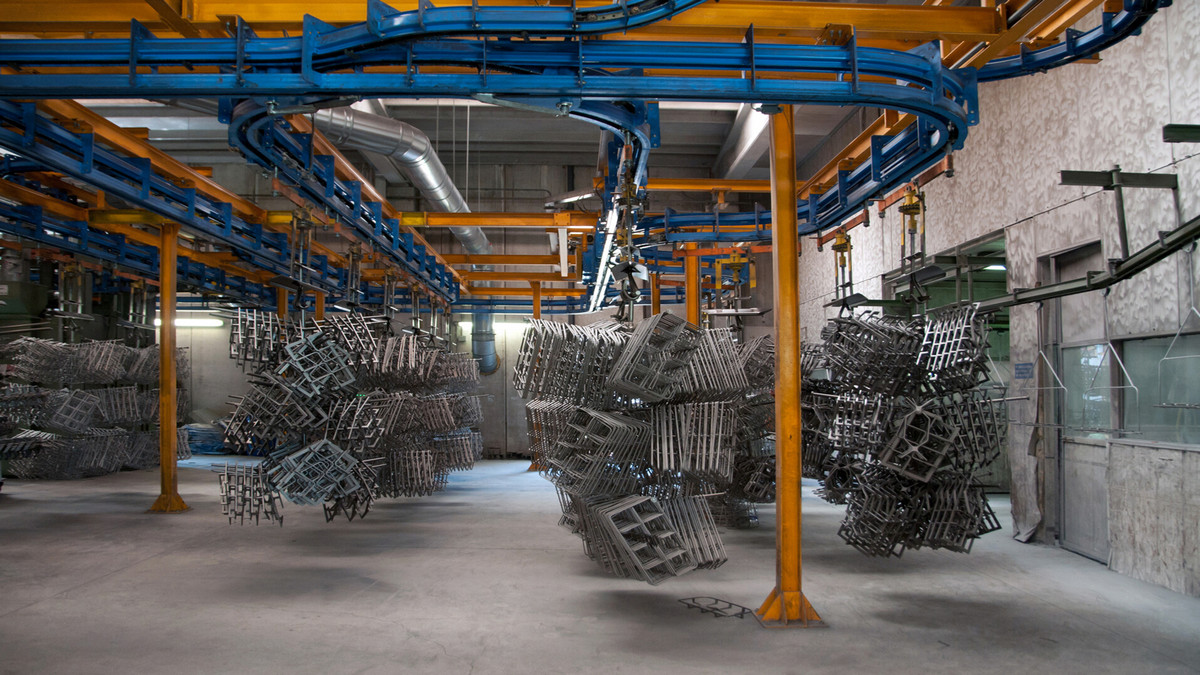Even though the future manufacturing and production bases will still be dominated by East Asia, remote work due to the epidemic has broken the geographical constraints. Under the trend of major companies competing for talents, the shortage of manpower in the future manufacturing industry has become the norm. In the future, unmanned factory is the trend to go...
The Shortage of Workers That the Manufacturing Industry Must Face
Before the outbreak of the epidemic, the China–United States trade war had already caused a wave of migration. Most Taiwanese businessmen moved their factories back to Taiwan to set up factories. The number of applicants was insufficient due to the high demand, and foreign workers were constantly being introduced. After the outbreak of the epidemic, it was impossible to recruit foreign workers. Although Taiwan's own hotel and catering industry was greatly affected by the epidemic, the relevant labor force did not make up for the demand of the manufacturing industry. The issue of declining birth rate is becoming more and more serious, and the shortage of manpower in the manufacturing industry can be imagined.
Coincidentally, South Korea is also facing the same problem. In 2021, South Korea's total population will decline for the first time since records began. As of November 1, 2022, the population of South Korea, the fourth largest economy in Asia, has decreased by 0.2% to 51.7 million, and the working-age population has decreased by 0.9%, accounting for 71.6% of the total population. This rate is expected to decrease by 2037. Only 59.7% remained in the year.
It is also expected that the available manpower in South Korea will be greatly reduced in the next ten years. In view of the continuous decline in population and the unsolved shortage of workers, Samsung Electronics has also begun to deploy unmanned factories and set up an expert team to study how to introduce full-time production by 2030. The automated machine system transforms its key factories into unmanned factories. This plan shows that the key competitiveness of the manufacturing industry is no longer "manpower", and it also promotes other South Korean manufacturers to follow up on automation, pushing up the demand for industrial robots.
Major Industries Compete for Industrial Robots
According to the speech agency MarketstandMaekets, the scale of global industrial robots will reach 28.9 billion US dollars in 2026, and its development has also evolved from simple robots with single actions and repetitive tasks to high-speed robots with partial automation functions, assembly robots, and intelligent collaborative robots.
The industry statistics report published by the Association for Advancing Automation (A3) shows that in the first quarter of 2022, global robot sales will increase by 28% year-on-year. Of these, 6,122 were sold to non-automotive customers, while the rest were sold to automakers. The report pointed out that historical data shows that the number of robot purchases in the automotive industry has been higher than that in the non-automobile industry in the past, but this trend has reversed since 2020 and continues to this day.
A3 said that the highest single-season robot sales record is the fourth quarter of 2021. Compared with the first quarter of the same year, the sales volume and sales amount increased by 7% and 25% respectively. Compared with the same period in 2021, the first quarter of 2022 has double-digit growth. In terms of industry segmentation, the metal industry increased by 40%, the plastic and rubber industry by 29%, the semiconductor electronics and optoelectronics industry by 23%, the food and consumer product industry by 14%, and other industries by 56%. Sales data, autonomous mobile robots (AMR) and collaborative robot arms will be even more impressive if they are included.
According to The Robot Report, various industries such as agriculture, construction, catering, retail, etc. are evaluating how to use robots and automation to replace manual handling of dangerous, dirty, and tedious work, help solve the difficult manpower gap, and enhance industrial competitiveness with business growth.
Indispensable for Smart Manufacturing
However, the so-called unmanned factory still has a certain number of managers to assist the operation of the factory, and the development of robot technology and the integration of sensor application and machine learning are the key to the eventual development of a smart factory. A new generation of industrial collaborative robots that assist human operations is an indispensable part of smart manufacturing. Many suppliers have launched multifunctional robots that are used in business, industry, and society.
According to a report from Automation World, the new generation of robots does not need to be connected with cables, has better mobility, built-in artificial intelligence (AI) and machine learning to enhance adaptability and reaction speed, and can perform various tasks quickly and completely in different environments, and the staff members move autonomously in the working environment, carry items, etc., and assist human partners to complete various tasks.
Amazon believes that robots are a key factor for the success of warehousing operations and retail operations, so it has deployed more than 200,000 robots in warehousing, many of which are designed to support mobile robots to autonomously and intelligently move entire shelves to complete shipping and delivery operations. Amazon even acquired Kiva Systems, a maker of automated robots for warehouses, to facilitate the design of robots that use its warehouse systems.
Cleaning of industrial environments, handling of hazardous materials, logistics, waste management, and other operations all involve dangerous, dirty, and monotonous parts. Performing them by collaborative robots allows workers to focus on more important manufacturing and processing. Lighter and smaller collaborative robots are suitable for recording completed information, inspecting work, interacting with engineering models, and continuously monitoring work facilities. For example, Boston Dynamics' Spot has a robotic arm that can lift 10 kg of weight, pick up and place garbage.
Manpower will be an important intellectual asset in the future. How to use industrial robots with different tonality to assist humans in various industries has become an indispensable imperative and an important step in the transformation from smart factories to smart manufacturing in the future.





.jpg)








